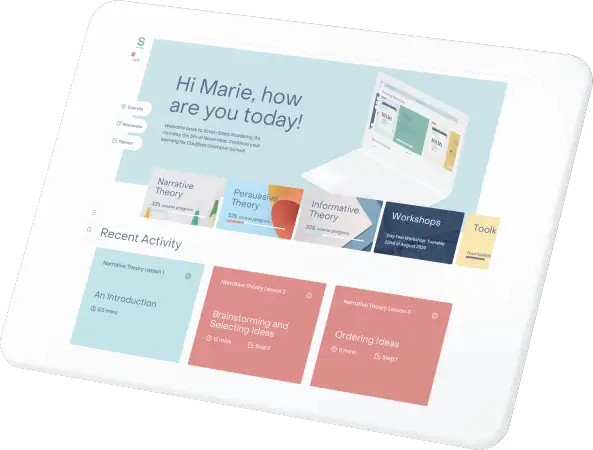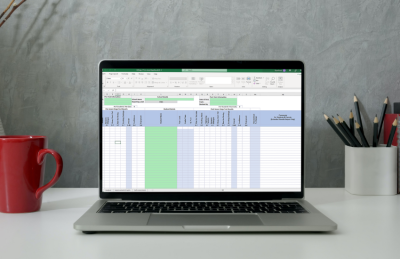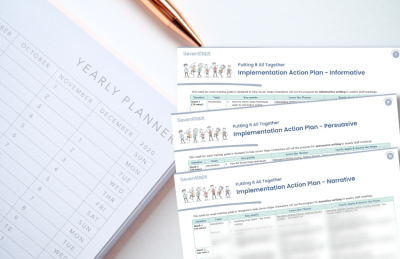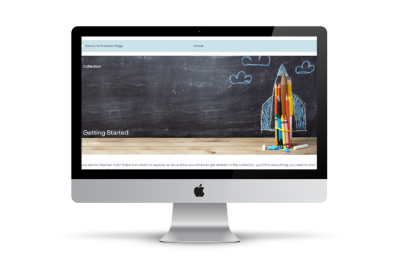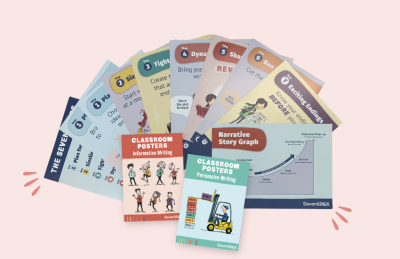Get your Seven Steps journey off to a Sizzling Start with these top tips for making the most of your school’s Seven Steps workshop.
Pick your school’s Seven Steps champion
Your Seven Steps champion is someone in your team who will lead the implementation of the Seven Steps at your school.
While often a Literacy Leader or Head of Curriculum, it might also suit someone who is passionate about writing or the Seven Steps. But importantly, give them the licence to lead your school’s writing transformation! This doesn’t mean they have to do it alone. We recommend they quickly bring on board other enthusiastic teachers to support them.
Action: Choose your Seven Steps champion(s) and make them known to all staff members.

Assess student writing before you start teaching it
The best way to assess whether a program is working is to review the data. So, we recommend you pre-test your students before or shortly after your Seven Steps workshop. This will help you understand exactly where your students are at before teaching them the Seven Steps and allow you to track their improvement.
Track Your Success is an assessment resource on Teacher Hub. It’s designed to help you monitor and report on the improvement in your students’ writing, and it’s easy! Simply choose the text type you’ll be starting with, then find everything you need.
Action: Log into Teacher Hub and access your Track Your Success resources. Test your students before your workshop and at the start of every year!
Follow the recommended implementation plan
Your workshop handout includes an 8-week implementation plan, making it easy to get started. Follow this plan for our recommended approach to teaching the Seven Steps.
Teachers work their way through the writing courses. The courses guide them through how to teach each text type, and they can add their favourite resources to the Classroom Planner as they go.
Action: Familiarise yourself with the Implementation Plan in your handout and the writing courses on Teacher Hub.
Schedule time to check in with the team
Schedule time in upcoming staff meetings to help everyone get started.
Within a week of your workshop, get everyone together to:
- reflect on the workshop
- announce your Seven Steps champion
- discuss how you’ll get started (see the Implementation tip above), and
- set goals for the next month.
A month after your workshop, it’s time to share and celebrate:
- Reflect on how everyone has gone with introducing the Seven Steps in their class.
- Ask each teacher to bring a student sample along to celebrate, share and discuss.
- Encourage your team to share their successes and their challenges. Workshop solutions to any challenges.
The more you share and celebrate, the easier it will be to keep up everyone’s momentum.
Action: Organise these check-in meetings ASAP!

Build a writing wall
Build a Writing Wall for your class, year level or the whole school. Display the Writing Wall in a hallway or an easily visible area of the school. Encourage teachers to regularly add new pieces of writing that demonstrate the Seven Steps. It’s great encouragement for students and it keeps writing front of mind at your school.
Action: Scout the best location for your writing wall and set a recurring reminder to update it.
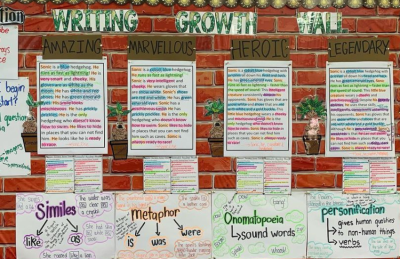
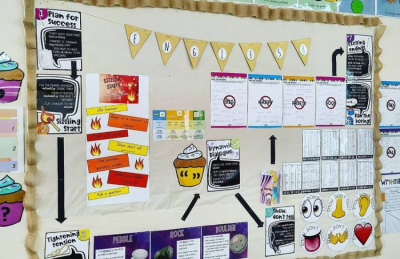
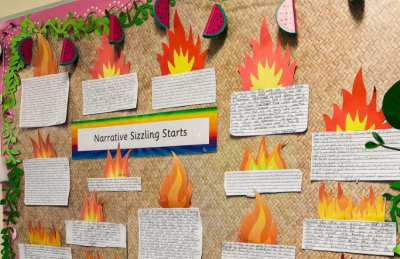
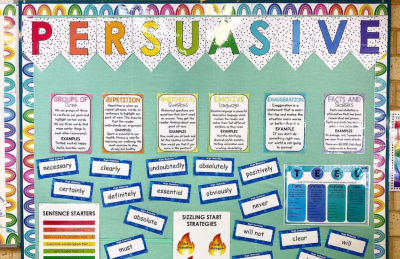
Celebrate great writing at assembly
Acknowledge the progress students are making by rewarding them at assembly. Select one or more writing samples and have either the student or their teacher read it out to the school.
Reward students with a certificate and add their work to the writing wall, or you could include it in the weekly newsletter or an annual anthology of the school’s best writing.
Action: Add writing awards to the agenda of your next school assembly.

Get to know your award-winning resources
Our resources are packed with everything you need to teach, apply and assess the Seven Steps. Take some time to familiarise yourself with the resources as they will simplify your path to writing success.
Begin with the Getting Started page, which includes a collection of easy-to-follow videos and resources to help get the ball rolling.
Tool Kit – These teaching manuals are packed with time-saving, engaging classroom resources, so ensure every teacher has access by uploading it to your intranet and making the hard copies easily accessible.
Classroom Posters – Brighten up every classroom and refer to them as you teach so students keep the Steps top of mind.
Action: Keep reminding your team of these valuable resources and how they can support them on their Seven Steps journey.
